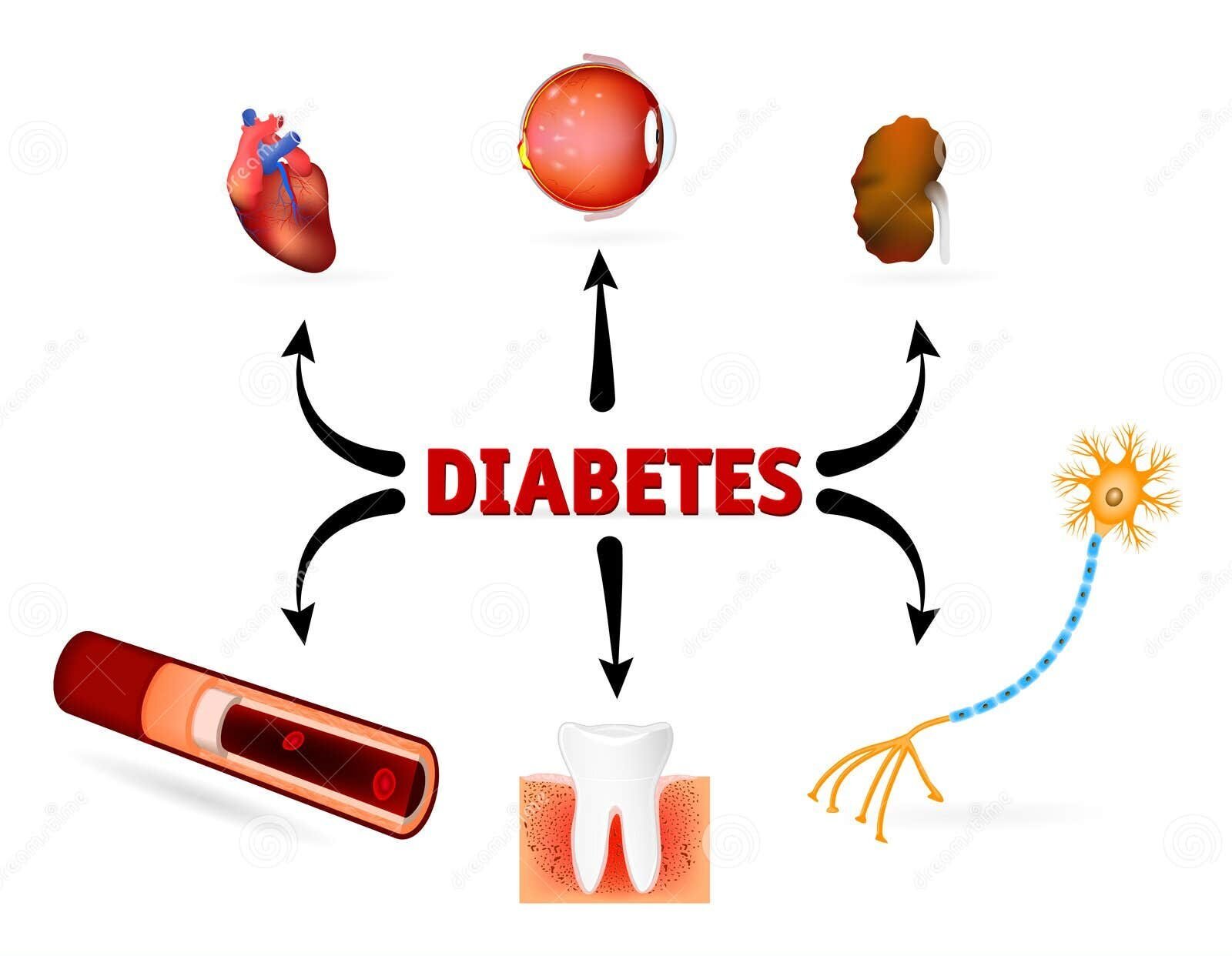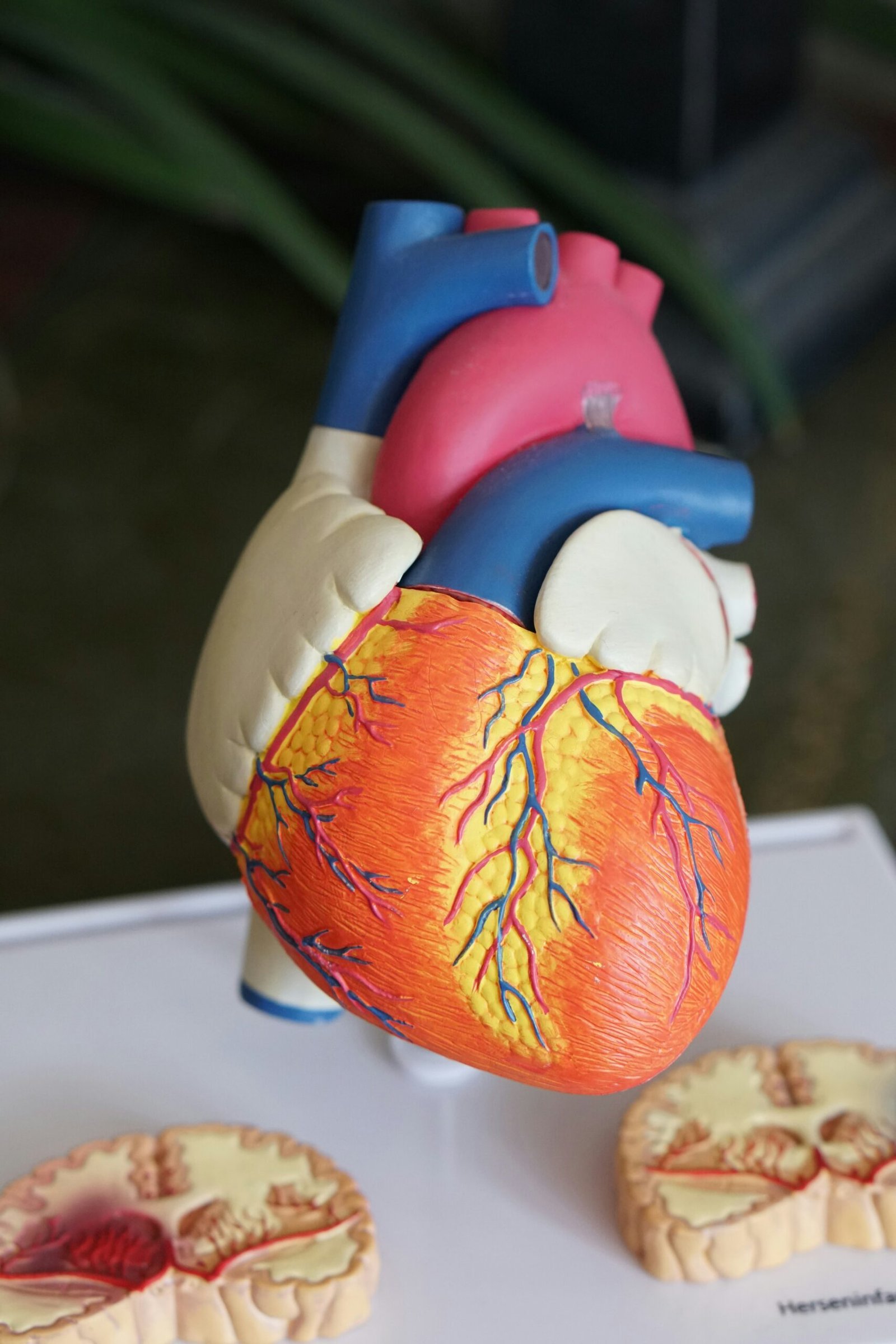Contents
- 1 Diabetes Mellitus
- 2 Understanding Diabetes Mellitus
- 3 Exploring Type 1 Diabetes Mellitus
- 4 Managing Type 2 Diabetes Mellitus
- 5 What You Need to Know About Diabetes Insipidus
- 6 Diagnosing Diabetes: Tests and Procedures
- 7 Following Diabetes Guidelines for Better Health
- 8 Living with Diabetes: Tips and Strategies
Diabetes Mellitus
Diabetes mellitus, commonly known as diabetes, is a chronic disease that affects millions of people worldwide. It occurs when the body is unable to produce or properly use insulin, a hormone that regulates blood sugar levels. Without proper management, diabetes can lead to serious health complications such as heart disease, stroke, kidney failure, and blindness.
Fortunately, there are solutions to prevent and treat diabetes. By following certain guidelines, individuals with diabetes can improve their overall health and well-being. In this article, we will discuss the different types of diabetes, their symptoms, and how to manage them effectively. We will also explore the importance of early diagnosis and following recommended guidelines for better health outcomes.
Understanding Diabetes Mellitus

Diabetes mellitus is a metabolic disorder characterized by high blood sugar levels. There are three main types of diabetes: type 1, type 2, and gestational diabetes. Type 1 diabetes is an autoimmune disease where the body’s immune system attacks and destroys the cells in the pancreas responsible for producing insulin. This type of diabetes is usually diagnosed in children and young adults.
On the other hand, type 2 diabetes is the most common form of diabetes, accounting for about 90% of all cases. It occurs when the body becomes resistant to insulin or does not produce enough of it. This type of diabetes is often associated with lifestyle factors such as obesity, physical inactivity, and poor diet.
Gestational diabetes occurs during pregnancy and usually resolves after childbirth. However, women who have had gestational diabetes have a higher risk of developing type 2 diabetes later in life.
Recognizing Diabetes Mellitus Symptoms
The symptoms of diabetes can vary depending on the type and severity of the condition. Some common symptoms include:
- Frequent urination
- Excessive thirst
- Extreme hunger
- Unexplained weight loss
- Fatigue
- Blurry vision
- Slow healing of wounds
- Numbness or tingling in the hands and feet
- Recurring infections
- Irritability
If you experience any of these symptoms, it is important to consult your healthcare provider for proper diagnosis and treatment.
Diabetes Mellitus in Men: Signs and Symptoms
Men with diabetes may experience some unique symptoms that are not commonly seen in women. These include:
- Erectile dysfunction (difficulty achieving or maintaining an erection)
- Decreased sex drive
- Low testosterone levels
- Muscle weakness
- Difficulty with ejaculation
- Enlarged breasts (gynecomastia)
It is essential for men to be aware of these symptoms and seek medical attention if they occur.
Diabetes Mellitus in Women: What to Look For
Women with diabetes may also experience some specific symptoms, such as:
- Polycystic ovary syndrome (PCOS)
- Urinary tract infections
- Yeast infections
- Vaginal dryness
- Irregular menstrual cycles
- Infertility
- Gestational diabetes during pregnancy
It is crucial for women to monitor their health closely and report any concerning symptoms to their healthcare provider.
Exploring Type 1 Diabetes Mellitus

Type 1 diabetes is a chronic condition that requires lifelong management. It is usually diagnosed in childhood or early adulthood, but it can develop at any age. People with type 1 diabetes must take insulin injections or use an insulin pump to control their blood sugar levels.
Causes and Risk Factors
The exact cause of type 1 diabetes is still unknown, but it is believed to be a combination of genetic and environmental factors. Some risk factors for developing type 1 diabetes include:
- Family history of the disease
- Exposure to certain viruses
- Autoimmune disorders
- Geography (higher incidence rates in colder climates)
Treatment and Management
The primary goal of treating type 1 diabetes is to keep blood sugar levels within a healthy range. This involves regular monitoring of blood sugar levels, taking insulin as prescribed, and following a healthy diet and exercise plan.
In addition to these measures, it is essential for individuals with type 1 diabetes to have a support system in place. This can include family, friends, and healthcare professionals who can provide emotional support and help with managing the condition.
Managing Type 2 Diabetes Mellitus
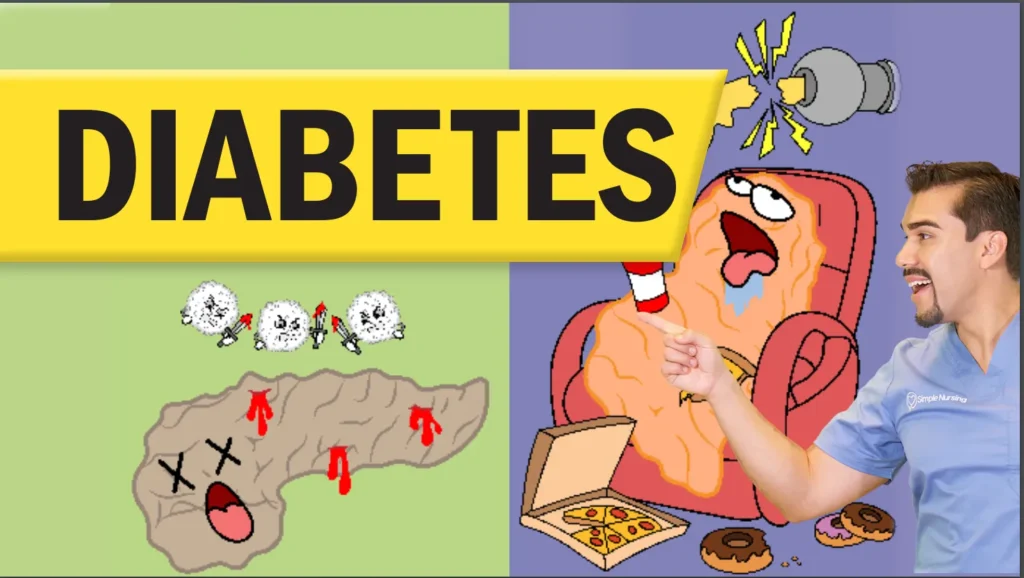
Type 2 diabetes is a progressive disease that requires ongoing management. It is often managed through lifestyle changes, oral medications, and sometimes insulin therapy.
Causes and Risk Factors
The primary risk factors for developing type 2 diabetes are obesity, physical inactivity, and poor diet. Other risk factors include:
- Family history of the disease
- Age (risk increases with age)
- Ethnicity (higher incidence rates in African Americans, Hispanic/Latino Americans, Native Americans, and Asian Americans)
- Gestational diabetes during pregnancy
- Polycystic ovary syndrome (PCOS)
Treatment and Management
The first line of treatment for type 2 diabetes is lifestyle modifications. This includes maintaining a healthy weight, engaging in regular physical activity, and following a balanced diet. In some cases, oral medications may be prescribed to help control blood sugar levels. Insulin therapy may also be necessary if lifestyle changes and oral medications are not enough to manage the condition.
It is crucial for individuals with type 2 diabetes to monitor their blood sugar levels regularly and work closely with their healthcare team to make necessary adjustments to their treatment plan.
What You Need to Know About Diabetes Insipidus

Diabetes insipidus (DI) is a rare form of diabetes that affects the body’s ability to regulate water levels. It is not related to diabetes mellitus and does not involve high blood sugar levels. Instead, DI is caused by a deficiency of antidiuretic hormone (ADH), also known as vasopressin, which is responsible for controlling the amount of water in the body.
Causes and Risk Factors
DI can be caused by damage to the pituitary gland or hypothalamus, which are responsible for producing and releasing ADH. It can also occur due to certain medications, head injuries, or genetic factors.
Symptoms and Diagnosis
The main symptom of DI is excessive thirst and urination. Other symptoms may include dehydration, fatigue, and irritability. To diagnose DI, a healthcare provider may perform a water deprivation test, urine tests, and blood tests to measure ADH levels.
Treatment and Management
Treatment for DI involves replacing the missing ADH through medication or hormone replacement therapy. Individuals with DI must also drink plenty of fluids to prevent dehydration and maintain a healthy balance of electrolytes in the body.
Diagnosing Diabetes: Tests and Procedures
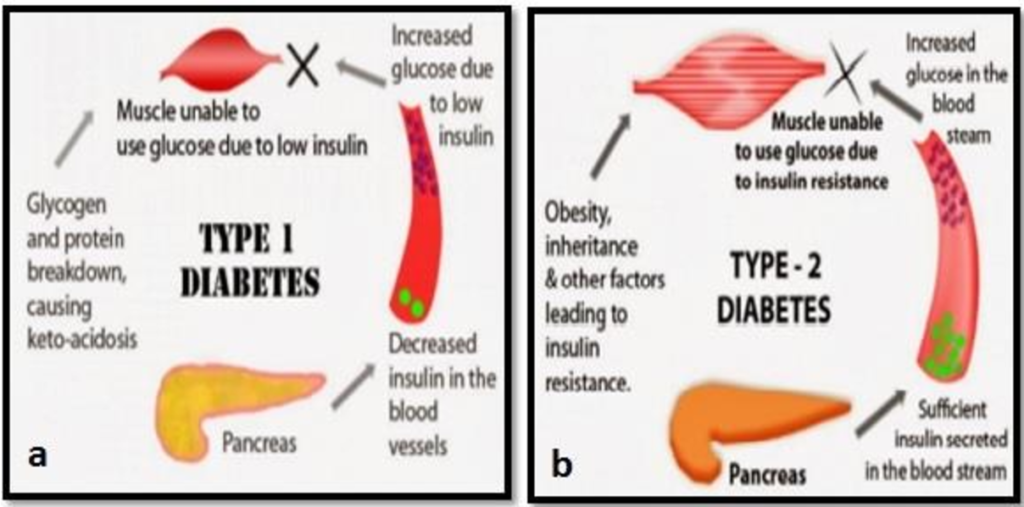
Early diagnosis of diabetes is crucial for effective management and prevention of complications. There are several tests and procedures that can be used to diagnose diabetes, including:
- Fasting plasma glucose (FPG) test: Measures blood sugar levels after fasting for at least 8 hours.
- Oral glucose tolerance test (OGTT): Measures blood sugar levels before and 2 hours after drinking a sugary solution.
- Hemoglobin A1C test: Measures average blood sugar levels over the past 2-3 months.
- Random plasma glucose (RPG) test: Measures blood sugar levels at any time of the day, regardless of when you last ate.
In addition to these tests, your healthcare provider may also perform a physical exam, review your medical history, and ask about any symptoms you may be experiencing.
Following Diabetes Guidelines for Better Health
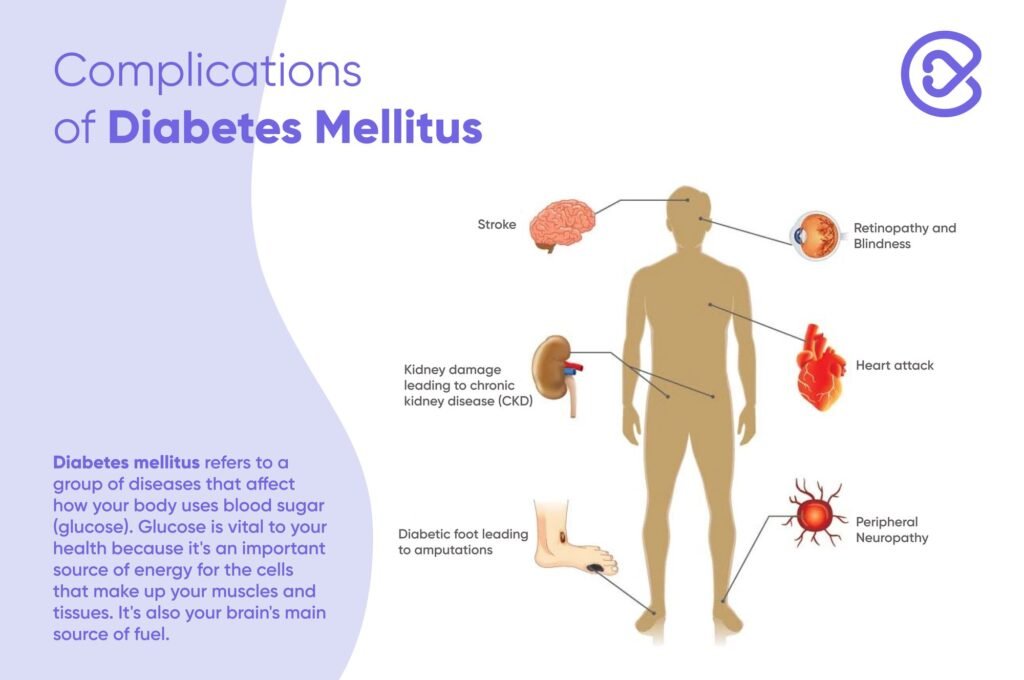
Managing diabetes effectively requires a combination of lifestyle changes, medication, and regular monitoring. The following guidelines can help individuals with diabetes maintain good health and prevent complications:
- Follow a healthy diet: A balanced diet that includes whole grains, fruits, vegetables, lean proteins, and healthy fats can help control blood sugar levels and maintain a healthy weight.
- Engage in regular physical activity: Exercise helps improve insulin sensitivity and can lower blood sugar levels. Aim for at least 150 minutes of moderate-intensity exercise per week.
- Monitor blood sugar levels regularly: Regular monitoring of blood sugar levels can help individuals with diabetes make necessary adjustments to their treatment plan.
- Take medications as prescribed: If you have been prescribed oral medications or insulin, it is essential to take them as directed by your healthcare provider.
- Quit smoking: Smoking increases the risk of developing diabetes and can also lead to complications such as heart disease and stroke.
- Manage stress: Stress can affect blood sugar levels, so finding ways to manage stress, such as meditation, yoga, or talking to a therapist, can be beneficial.
- Get regular check-ups: It is important to visit your healthcare provider regularly to monitor your condition and make any necessary changes to your treatment plan.
Living with Diabetes: Tips and Strategies

Living with diabetes can be challenging, but there are many tips and strategies that can help individuals manage their condition effectively:
- Educate yourself: Learn as much as you can about diabetes, its symptoms, and how to manage it. This will help you make informed decisions about your health.
- Join a support group: Connecting with others who have diabetes can provide emotional support and helpful tips for managing the condition.
- Keep track of your numbers: Monitoring your blood sugar levels, blood pressure, and cholesterol levels can help you stay on top of your health and identify any potential issues.
- Plan ahead: When going out, make sure to bring snacks, medication, and supplies in case of an emergency.
- Wear a medical alert bracelet: In case of an emergency, wearing a medical alert bracelet can inform others of your condition and any necessary precautions.
- Communicate with your healthcare team: It is essential to have open communication with your healthcare provider and inform them of any changes in your condition or concerns you may have.

Conclusion
Diabetes mellitus is a chronic disease that requires lifelong management. By understanding the different types of diabetes, their symptoms, and how to manage them effectively, individuals can improve their overall health and prevent complications. Early diagnosis and following recommended guidelines are crucial for better health outcomes. With proper management and support, individuals with diabetes can live healthy and fulfilling lives.

